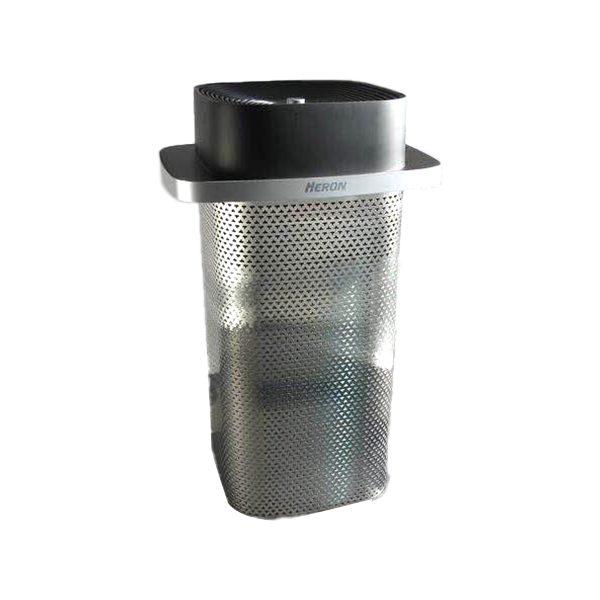
Facebook Twitter LinkedIn Youtube

Under the dual impetus of the global plastic ban and the low-carbon goal, the market for degradable plastics is growing rapidly at a rate of over 20% annually. More and more enterprises are either usi...
Eighty percent of the key and difficult points of motorcycle helmet molds lie in the design stage. A set of high-quality full helmet molds, from design to stable mass production, usually takes 3 to 6...
As a professional chair mold manufacturer, we have learned from our communication with customers that they always have the same troubles. For instance, problems such as chair deformation, surface flaw...
The plastic spoon mold industry is undergoing a transformation towards full automation and sustainable development. With the emergence of degradable materials and the integration of artificial intelli...
In the field of plastic pallet manufacturing, pallet molds are by no means merely "models for producing pallets"; they are the core factors that determine production efficiency, product quality and lo...
A high-quality Luggage begins with High-quality Luggage mold. Behind the fashionable appearance and powerful performance lies the suitcase mold's ultimate pursuit of precision, efficiency and innovati...